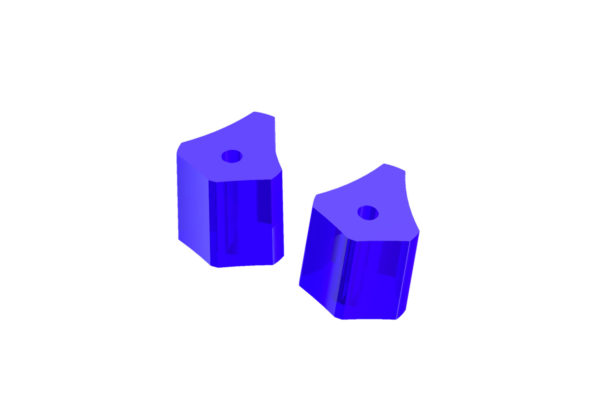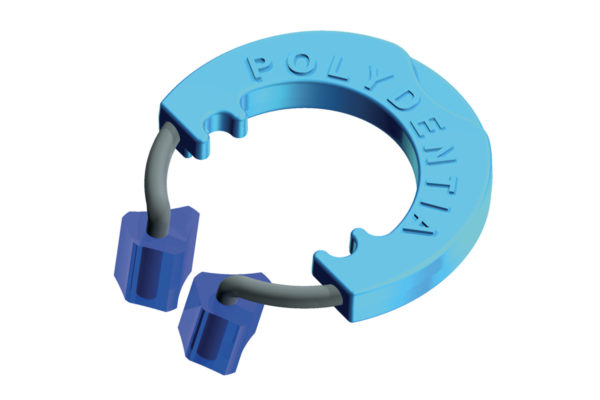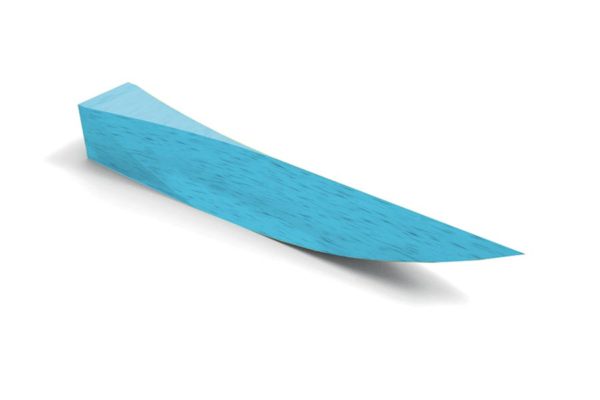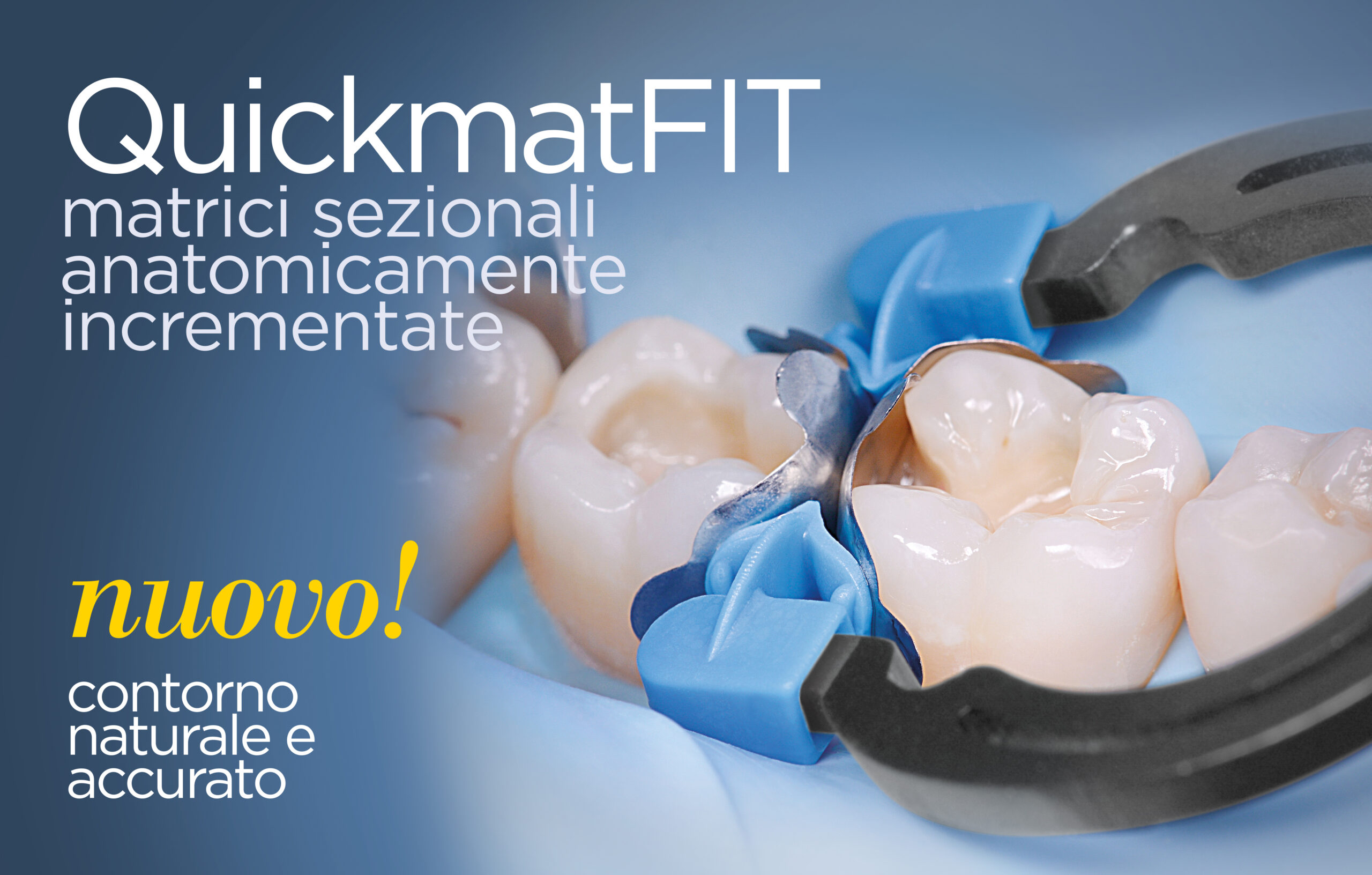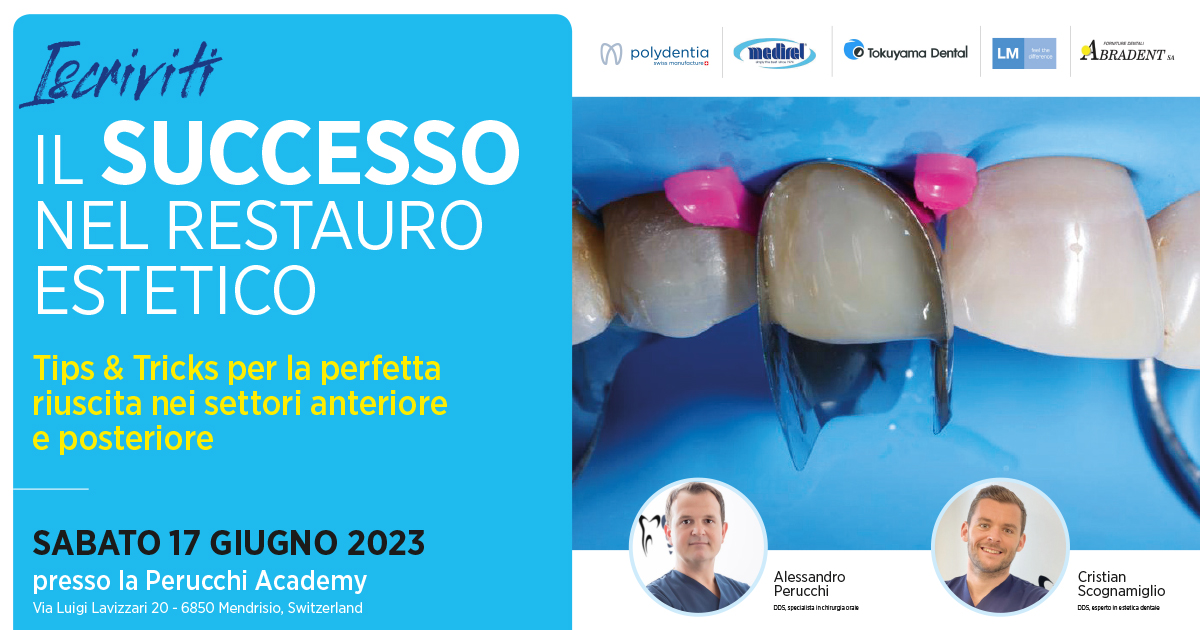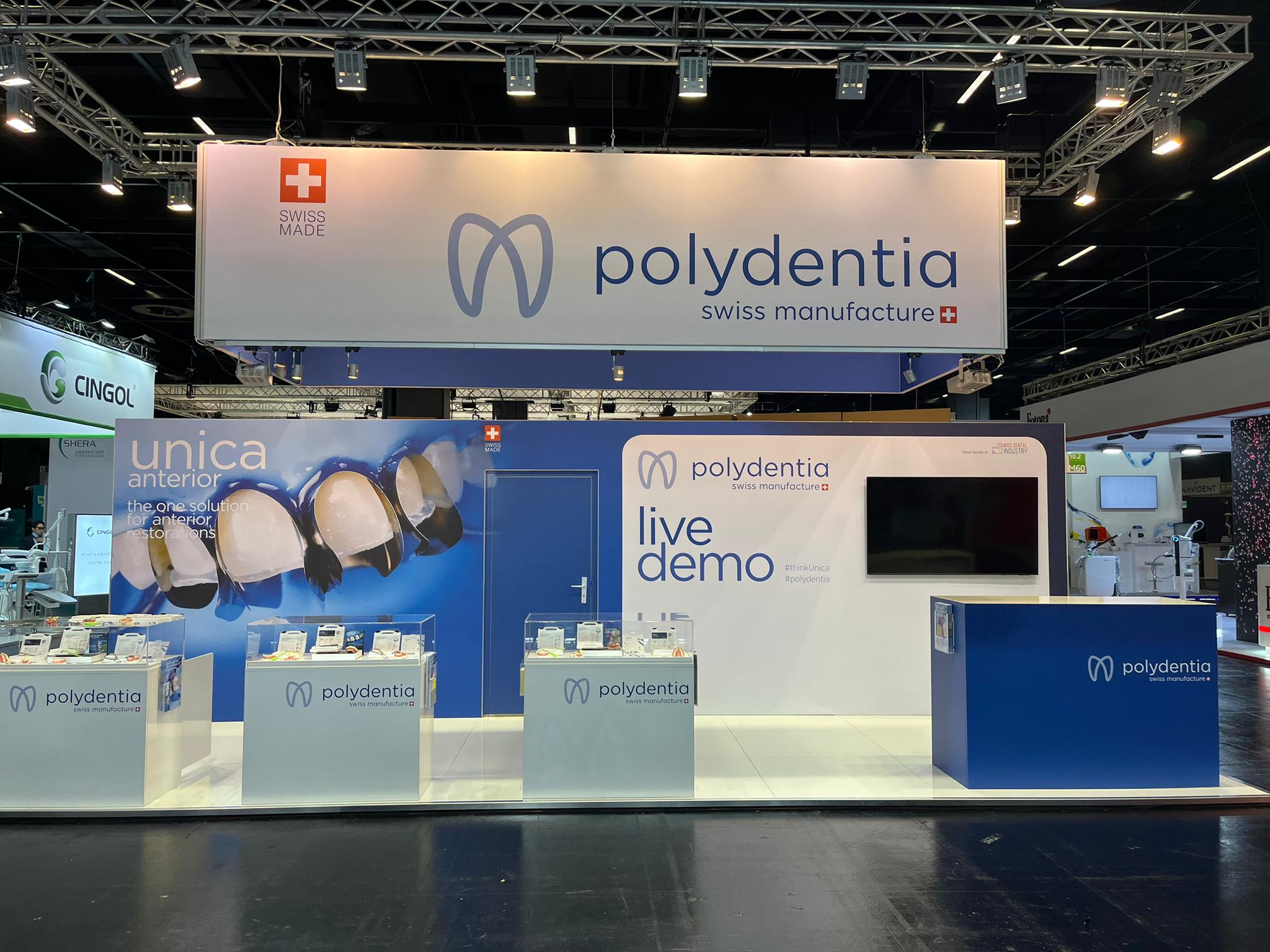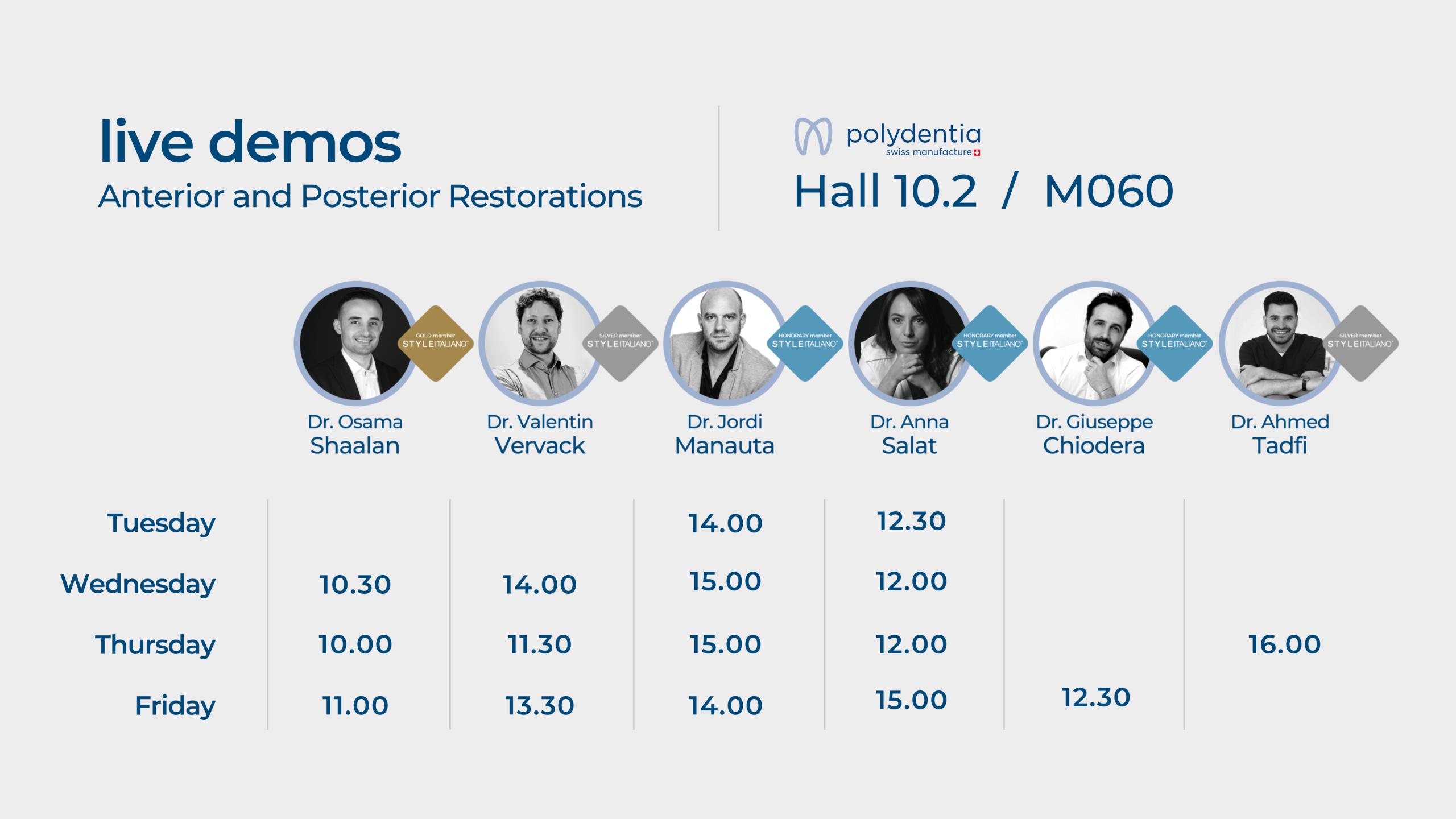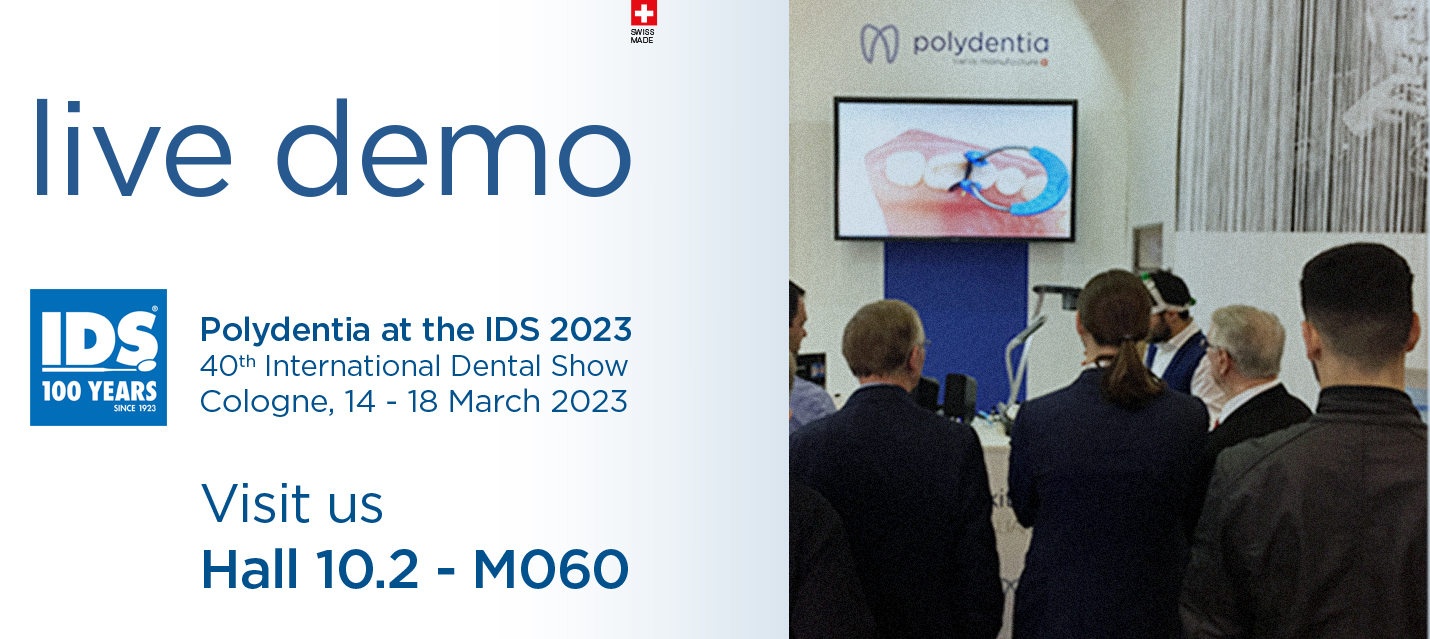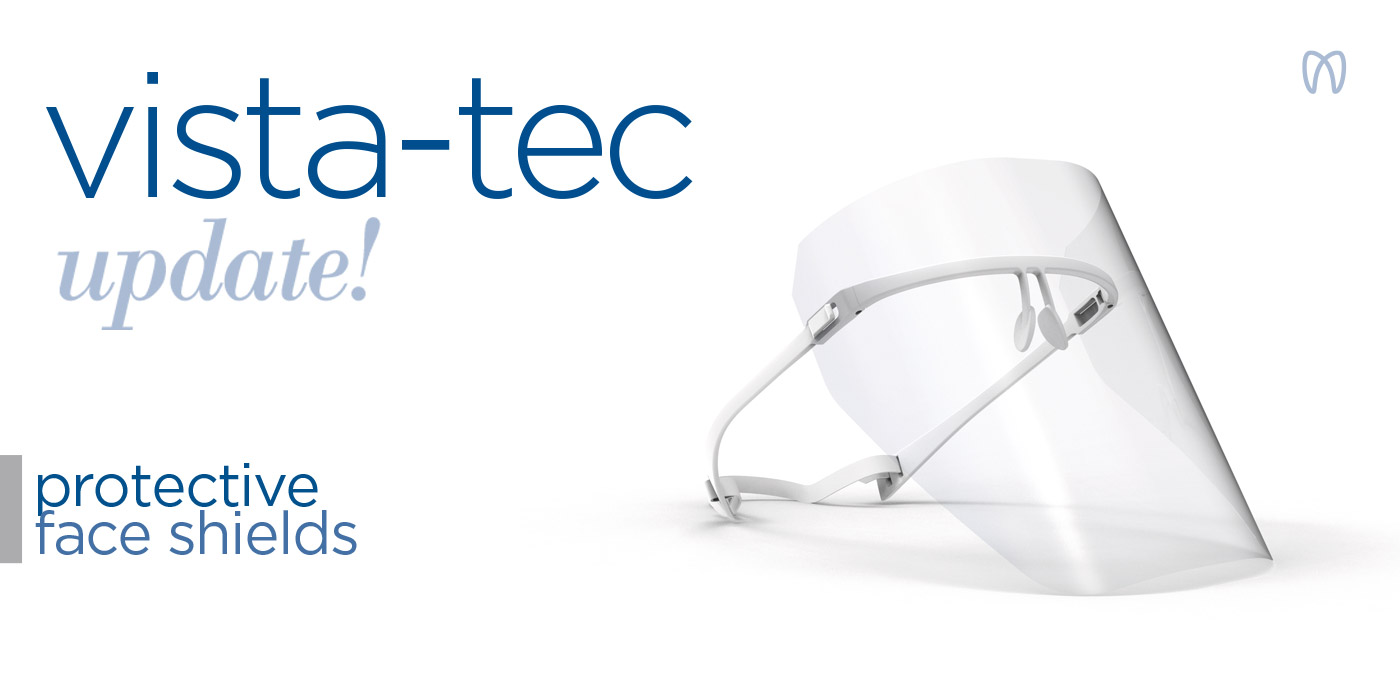24 Gen Diamond24, 24 soluzioni per i vostri restauri di cavità di II classe
news
Diamond24
24 soluzioni per i vostri restauri di II classe
Il mese scorso, abbiamo annunciato la prima notizia del 2019 che consiste nellinserimento dei nostri nuovi piedini in silicone Diamond24 powered by StyleItaliano in ogni myQuickmat Classico e myCustom Rings Kit come regalo per tutto l’anno. Nel caso in cui vi sia sfuggito l’aggiornamento di gennaio, potete leggerlo qui.
In questo post, desideriamo condividere un articolo scritto dal Dr. Chiodera (in inglese), che spiega i vantaggi dell’uso di Diamond24 con myRing Classico quando si eseguono restauri di cavità di Classe II.
Buona lettura.
One ring, perfect contact point 24 options for II class cavities: the Diamond24
by Dr. Giuseppe Chiodera

Dr Giuseppe Chiodera
Dr. Chiodera graduated in Dentistry at the University of Brescia.
In year 2004 he won a scholarship at Kings College University of London.
Member of Style Italiano, Dr. Chiodera runs a private practice mainly dedicated to conservative dentistry and endodontics, in Italy since 2006.
Dr. Chiodera is also a very active author of national and international Journal articles, as well as lecturer in many universities.

introduction
Restoration of different interproximal anatomies is a real, daily challenge; what if you could have 24 options with just one ring?
While it is unusual for a patient to complain about the color of an upper second molar, he will for sure complain if food impacts in between the restored teeth after eating or if dental floss breaks.
In second class restorations, key is rebuilding a correct contact point, not only because it is sometimes clinically not as simple, but also as it is part of those performances that influence the quality perceived by the patient.
To get better contact points and to simplify the finishing procedures, the StyleItaliano team, in partnership with Polydentia, has developed Diamond24, a revolutionary tool to have a semi-customised ring in no time.
Diamond24

1: Clinical example of the Diamond24 in action: extremely accurate matrix adaptation to the interproximal areas is made possible by Diamond24, even on the most coronal portion of the tooth, above the equator area.

2: An occlusal view of the same case shows how the silicone extremities can be angulated in the same direction. One of the coolest features of the Diamond24 ring is that you can rotate the silicone tips in many different positions to obtain the better adaptation to the inter proximal space that you need to fill. In the image, the composite is in place, calibrated by Misura Posterior LM.

3: The same situation without composite.

4: The restoration step by step. Always transform the class 2 cavities in class 1 restorations.
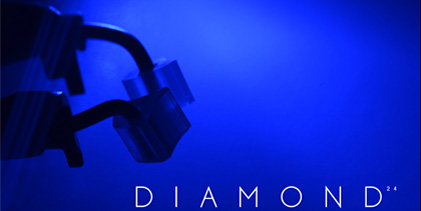
5: Diamond24 is a full silicone extremitiy to be placed on myRing Classico by Polydentia, which enables you to perform different restorations by being rotated in different positions, so that the interproximal area has the perfect adaptation.

6: If you take a close look to nature it is clear that the more you move distally, the more the contact points anatomy changes to become an area of contact. It is also pretty clear that, if we consider the interproximal points, the spaces between teeth are very different from one another. So how would a single ring be able to fill all the interproximal spaces in a way that is considered correct?

7: This is the reason why Polydentia in the last years developed Delta Tubes, a useful tool to fill those spaces. This silicone extremities to put on the ring bars was a great idea, and from this project, the StyleItaliano Idea Factory designed its evolution, Diamond24.

8: The new Diamond24 extremities allow 4 different angle options.

9: Here are some examples of how the rotation of the ring’s extremities, Diamond24, can help find interesting new positions to adapt to the natural anatomy.

10: In this image, the 24 possible combinations are shown.

11: As you can see in the image, in this case the best solution was to use the silicone extremity only on the palatal side, both in the mesial and distal interproximal spaces.

12: If you have the opposite situation, you can see how rotating the ring extremity Diamond24 we can obtain an optimal stability of the sectional matrix ring

13: If the tooth you want to restore is narrow as, let’s say, this premolar, it is better to build the walls one by one in order to avoid unpleasant contact between matrices.

14: The modeling step by step following the Essential Lines. (Read Dr. Chiodera’s article about Essential Lines on https://styleitaliano.org/essential-lines/).

15: In this case the lateral side of the extremity is the best solution to fill the space, both on the buccal and the lingual side.

16: In this case I was able to put two matrices at the same time thanks to MyRing Classico and Diamond24.

17: In this molar the choice is only one silicone extremity from the lingual side.

18: Opened cavity and matrix adaptation.

19: Restoration step by step in pure Essential Lines.

20: If the space between the teeth is wide, the lateral side of Diamond 24 turns out to be very helpful in stabilising the matrix, without collapsing onto the cavity.

21: Restoration step by step.

22: The distal part of this upper first molar is restored with just one Diamond24 silicone tube on the palatal side.

23: The mesial part, with just a mesial silicone extremity but with a different rotation.

24: myRing Classico in place. In the image you can see the walls after the polymerization.

25: Another great advantage is that the restoration is polishable when the walls are built with Diamond 24. Even though, some details of the restoration will need to be polished, these parts are far from the interproximal area, and are thus easier to be perfected. Thanks to the silicone extremity, the matrix is better embraced in between the tool and the tooth.

26: It’s strange to me how we try to make a curved surface be embraced by a curved metal foil while adapting it with a straight metal tube.

27: When the ring touches the matrix, a line meets a curve, the result is just the contact point.

28: On the tooth we have a contact point.

29: Highlighted in purple you can see the areas in which the matrix is a challenge to fix because of the ring’s geometry.

30: So it’s obvious how the silicone extremity can easily adapt to a curved surface and this specific one is removable, autoclavable and can be cut shorter if needed.

31: When this silicone tool meets the curved surface, the result is the contact area.

32: This situation allows a super contact between the matrix and the tooth, the better is the contact the easier is the finishing of the restoration.

33: Let’s consider the same concept from an occlusal point of view: a traditional ring can help but does not provide the best matrix adaptation on the tooth.
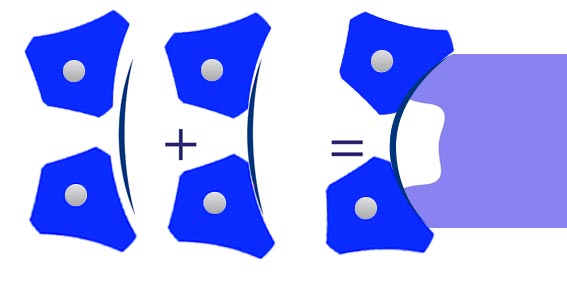
34: But when the MyRing Classico is fitted with the extremities Diamond24 the adaptation will be nearly perfect. This nickel-titanium ring is a special one as it’s made to keep the same physical properties in the long run. The combination of this Polydentia’s Nickel-Titanium MyRing Classico and the Diamond24 extremities, allows a great contact area between matrix and tooth. Different plastic and silicone rings are available on the market but all of them present only one way of inserting them into proximal space.

35: Many clinical examples on how these silicone extremities can adapt the matrix to the tooth.

36: Many clinical examples on how these silicone extremities can adapt the matrix to the tooth.

37: Many clinical examples on how these silicone extremities can adapt the matrix to the tooth.
conclusion
Start today thinking about ring and matrix for second class restorations in a whole new way. Your new ring:
• It’s modular; able to adapt to the interproximal anatomies you can also cut them.
• The flexible silicone material allows to carefully bend the matrix to shape without collapsing it.
• It’s perfect to embrace the matrix allowing the achievement of optimal contact points and areas.
• Features multiple combinations which enhance the adaptability to the clinical situation.
• It’s autoclavable extremities are replaceable: no need to dispose of the ring when they get damaged.
bibliography
Dietschi D, Spreafico R. Adhesive metal free restorations. Quintessence 1997
Dhadwal AS, Hurst D. No difference in the long -term clinical performance of direct and i indirect inlay /onlay composite restorations in posterior teeth. Evid Based Dent 2017 Dec 22 18(4) 121-122
NUOVO QuickmatFIT, matrice sezionale anatomica incrementata per contorni naturali e precisi
Polydentia lancia la matrice sezionale anatomica QuickmatFIT, caratterizzata da una forma 3D con raggio di sagomatura variabile per una ricostruzione ...
Corso “Il successo nel restauro estetico” – Dr. Perucchi e Dr. Scognamiglio
Pronto per carpire tutti i segreti per un restauro estetico di successo? I Dottori A. Perucchi e C. Scognamiglio, selezionati dal Global Summits Ins...
Un IDS così incredibile! Grazie a tutti voi!
Polydentia desidera ringraziare tutti coloro che ci hanno visitato all'IDS di Colonia. Apprezziamo molto l'interesse per i nostri nuovi prodotti e per...
Polydentia all’International Dental Show (IDS): ecco il programma delle dimostrazioni dal vivo
Vi invitiamo a visitare il nostro stand Polydentia M060 nel padiglione 10.2 dell'IDS di Colonia 2023 e a partecipare a un ricco programma di dimostraz...
Siete pronti a partecipare all’International Dental Show (IDS) per 5 giorni di dimostrazioni dal vivo?
Vi invitiamo a visitare il nostro stand Polydentia M060 nel padiglione 10.2 dell'IDS di Colonia 2023 e a partecipare a un ricco programma di dimostraz...
Polydentia rinnova la sua storica visiera protettiva Vista-Tec
Polydentia presenta PolydentiaPRO, la nuova matrice di protezione interprossimale per un'eccellente protezione per i denti adiecenti durante le prepar...

